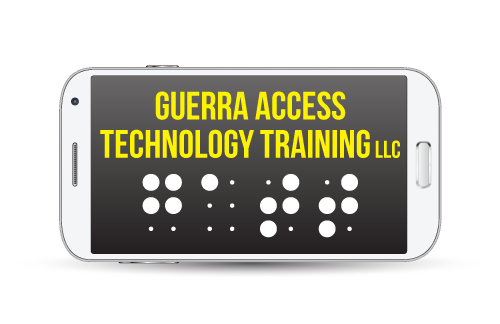Google Calendar is a shareable online calendar through which you can also coordinate meetings, making it a popular tool used by companies worldwide. Its entirely cloud-based, online nature means anyone can access it anytime from anywhere, making it ideal for remote workers and those on the go.
But, as with any tool, you must keep accessibility in mind when using it. Digital accessibility is critical to the workforce, especially for remote workers. Fortunately are several ways to use Google Calendar and Meet accessibly
Screen readers
Screen readers are accessibility tools that help people with low vision or vision loss utilize digital devices. They serve as an “interface between the computer’s operating system, its applications, and the user.” Screen readers read out what is on a screen so the user can perceive content without relying on vision.
Using a screen reader with Google Calendar is easy, and it allows a user to access its full features, including creating events, sending invitations, and more. If your employee uses a screen reader, have them follow these instructions to use it with Google Calendar:
- Familiarize yourself with the recommended browsers for each type of screen reader. Choose the most compatible browser for your screen reader, then do any necessary configuration.
- Utilize the screen-reader-specific keyboard shortcuts to navigate Google Calendar. These shortcuts enable you to quickly and efficiently create events, toggle between days and weeks, send invitations, and respond to incoming invitations. They can make the difference between fully utilizing all features of Google Calendar or not.
Other keyboard shortcuts
If your employee does not use a screen reader, there are other keyboard shortcuts they can use. Keyboard shortcuts allow users to “run automated checks and turn on visual helpers without moving input focus away from the target page.” If an employee has trouble operating a mouse or a standard touch screen, keyboard shortcuts may be the answer. They can make the difference between fully utilizing all features of Google Calendar or not.
Google Calendar has a set of preprogrammed shortcuts. Turning them on is easy. To do so:
- Open Google Calendar.
- In the top right corner, click “Settings.”
- Under “Enable keyboard shortcuts,” select “yes.”
- At the bottom of the page, click “save.”
Be sure to keep the list of keyboard shortcuts on hand. With repeated use, they will become second nature.
Google Meet accessibility
Google Meet has many accessibility features to help people with disabilities to participate in meetings.
One example is live captions. Users who have hearing disabilities may need captions to follow what is being said in a meeting if there are no Sign Language interpreters, and Google Meet has live captions built in. They even have different languages, including Spanish, Japanese, and French.
Another feature Google Meet has is “push to talk.” Instead of using a mouse to click a mute or unmute button, you can simply press and hold the spacebar to speak. To re-mute yourself, release the spacebar. This can improve access for users with limited fine motor movements and allows for equal participation.
Google Meet can also provide spoken feedback through ChromeVox, the screen reader built into Chrome OS. Spoken feedback is useful for users with both low vision and learning disorders who cannot rely on written communication.
These are just a few of the many accessibility features available to ensure that meetings on Google Meet are accessible.
Conclusion
Google Calendar and Google Meet are good ways to keep your team connected even from a distance, but be sure to keep accessibility in mind by enabling and familiarizing yourself with their various accessibility features. Screen reading compatibility, keyboard shortcuts, and auto-captions are just some of the many accessibility features you can use to ensure equitable access to all employees.
